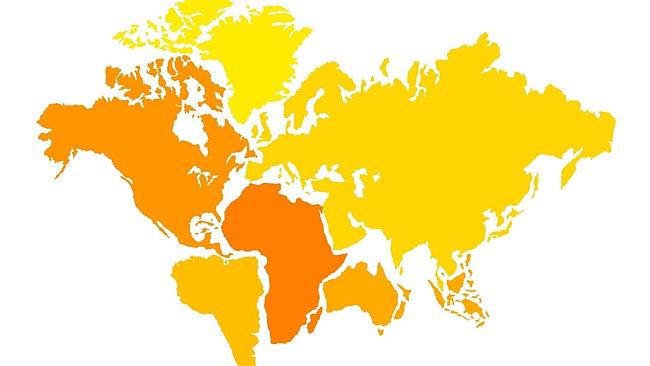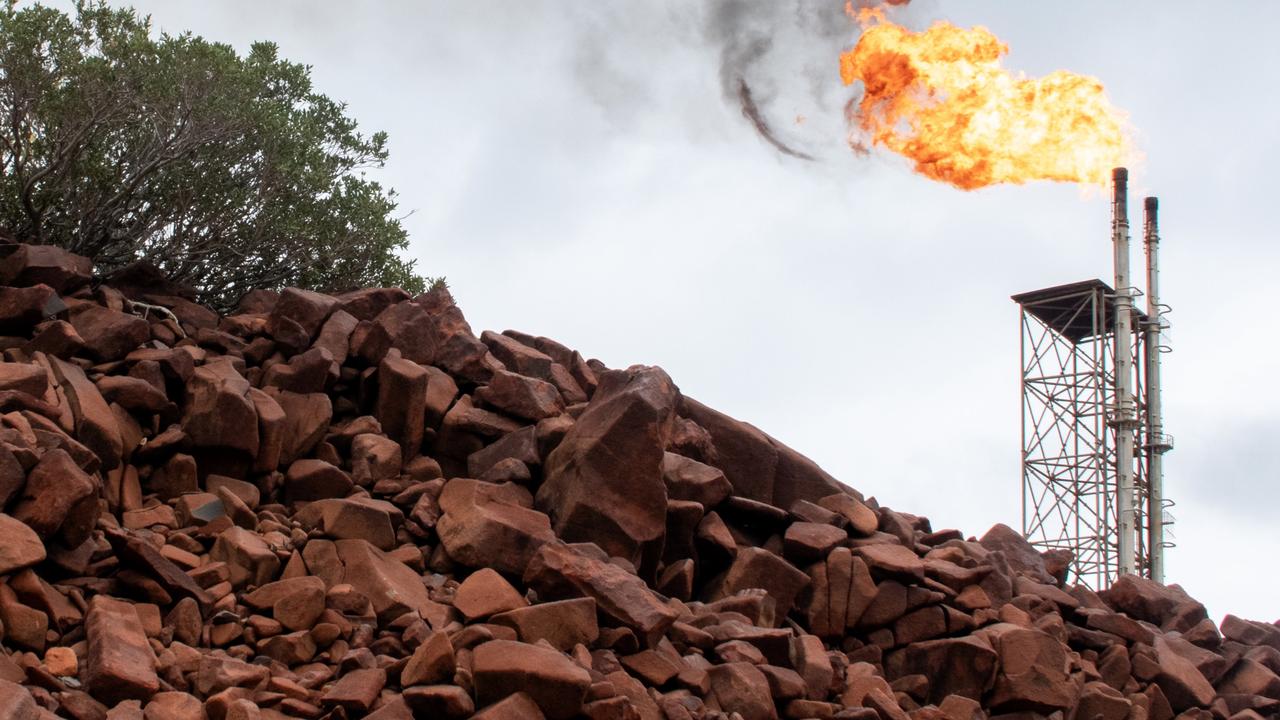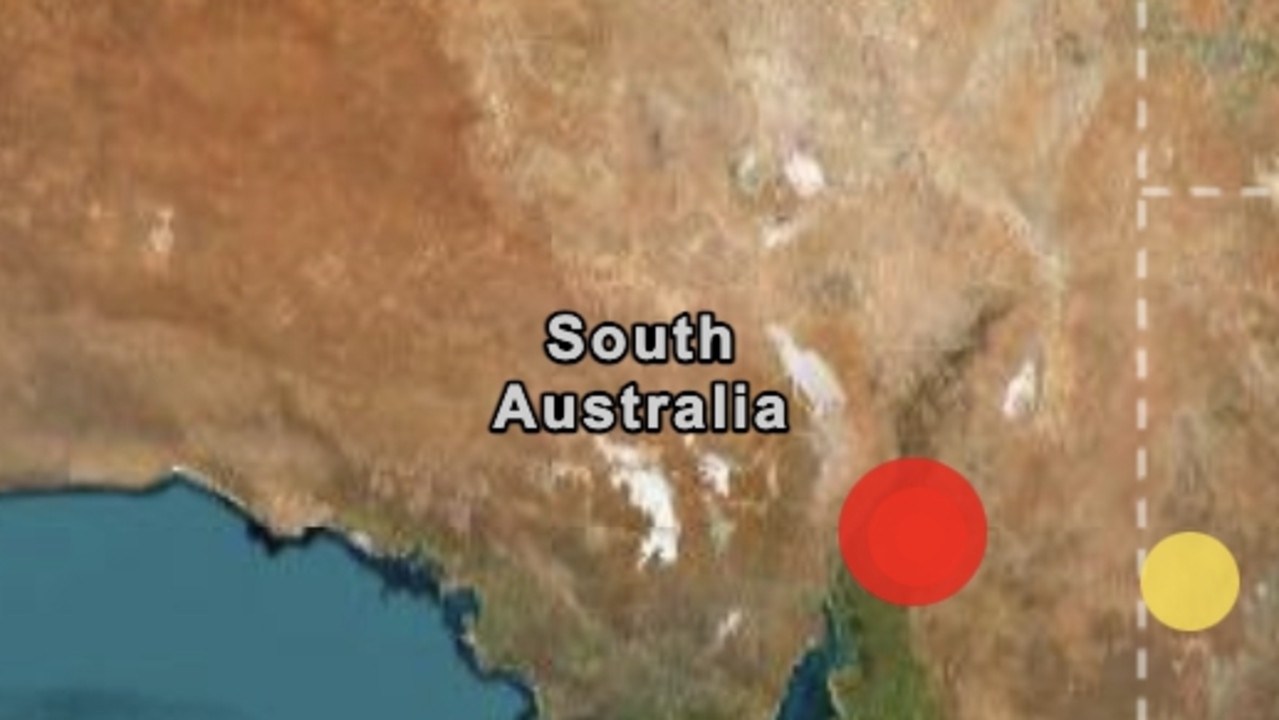One supercontinent from all of Earth’s major land masses could form 250 million years from now
A WORLD without borders is a very distinct possibility when one supercontinent forms from all of Earth’s major land masses, predict scientists.

A WORLD without borders is a very distinct possibility when one supercontinent forms from all of Earth’s major land masses.
This means it would hypothetically be possible to drive from Australia to France to South America without crossing a single ocean.
Although, it’s hard to imagine cars will be the main form of transport on Earth in 250 million years.
By analysing the constant movements of Earth’s continents, scientists can estimate how will they be positioned in the future.
Geologist Christopher Scotese told theBBC in 50 million years, Africa and southern Europe will be much closer, the Atlantic will be spread a much greater distance and “Australia will be in collision with southeast Asia to a much larger degree”.
While admitting to his predictions for 250 million years in the future are very speculative, the geologist believes Earth will eventually shift into one supercontinent known as Pangaea Proxima.
Understanding Earth’s continents rest on a system of plates moving at different speeds, and scientists use satellite positioning instruments embedded into the ground to track the motion.
What has been discovered is some travel 30mm annually, while others travel five times faster.
Mr Scotese said understanding the movement of continents can help geologists predict with great confidence how the Earth looked 70 million years ago.
“It’s sort of like a CSI investigation,” he said.
“You have to use all the evidence you can to tell the story because there’s no eyewitnesses, there’s no video cameras taking pictures.”
The tracking of progress made by sea floor spreading and different types of geological records can help scientists accurately predict continent positions back through time.
Mr Scotese used ancient coral reef when what is now North Africa was crossing from polar to tropical latitudes 300 million years ago as an example.
“If you look carefully, you can see exactly when it crossed that boundary from being in the cold half of the hemisphere to the warm half,” he said.
“So coral reefs appear for the first time [in this region] and begin to grow on these carbonate platforms.”
Mr Scotese said similar to how geologists explain the past, they can predict the future by exploring how the plates are moving today and extrapolating that movement over time.
Although, he does admit it’s hard to be 100 per cent certain as geological events could result in unforeseen changes.
“In the plate tectonic world, plates do evolve slow and steady until we have one of these plate tectonic catastrophes like continental collisions,” he said.
“This fundamentally changes plate tectonic regimes.”
Whether or not Mr Scotese’s predictions for a supercontinent in 250 million years will come true are yet to be seen, but one undeniable fact is the Earth’s continents have shifted over time and will continue to do so.
Continue the conversation on Twitter @mattydunn11



